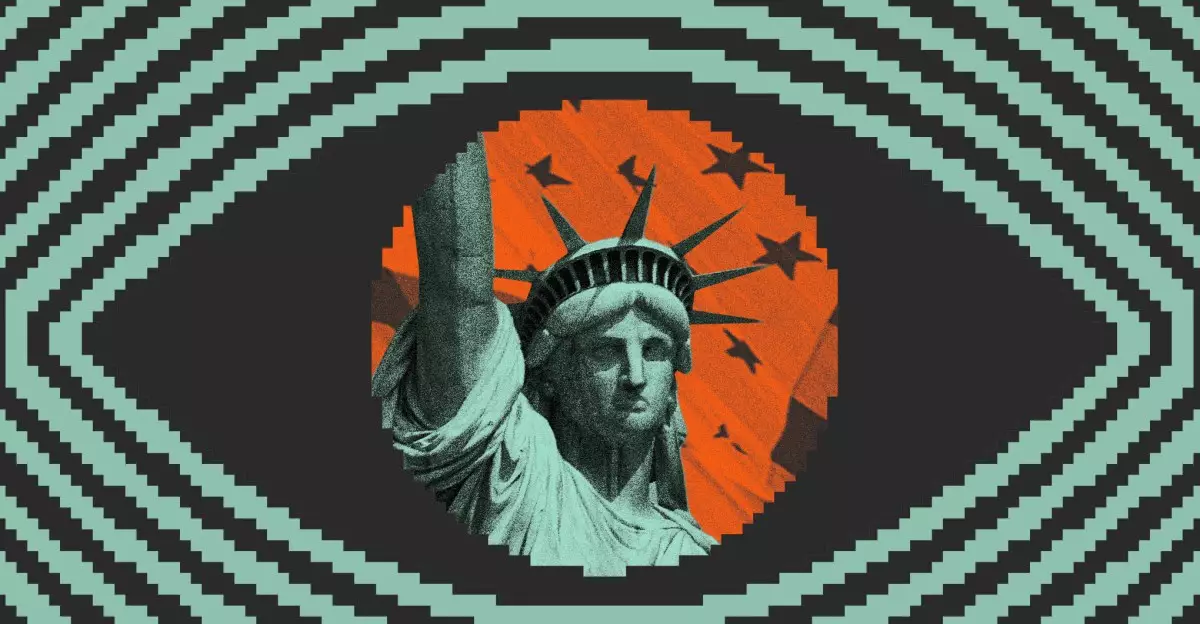New York City has embarked on an ambitious plan to revolutionize its approach to public safety by partnering with Citizen, a popular crime and safety app. This alliance is not merely superficial; it fundamentally alters how the city interacts with its residents’ real-time data and surveillance landscape. By enabling city agencies to send targeted safety notifications and access publicly shared videos, the partnership aims to enhance emergency responsiveness. However, beneath this promising surface lies a complex web of privacy implications, technological dependencies, and social ramifications that merit a critical examination.
This collaboration positions Citizen as a digital extension of NYC’s safety infrastructure. When emergency or safety alerts are issued, they reach users in the vicinity of incidents, providing potentially life-saving information promptly. Simultaneously, city agencies gain unprecedented access to a live feed of user-shared videos, creating a surveillance tool that blurs the line between community-based reporting and official monitoring. Such a symbiotic relationship raises vital questions about the balance between effective law enforcement and individual rights.
Technology in Service of Security or Privacy Erosion?
While the technological advancements appear revolutionary, they carry an inherent risk of normalizing constant surveillance. The ability for public safety officials to directly review user videos—if users do not opt out—potentially transforms everyday smartphone activity into a police information source. Although the app allows users to opt-out of direct sharing, all videos remain publicly viewable and downloadable, signaling a shift towards a more open but less private environment.
Moreover, the partnership leverages Axon’s Fusus platform, which integrates these user-generated videos into a “real-time crime center.” This integration essentially creates a digital surveillance hub capable of aggregating crowdsourced footage with traditional security feeds. Critics might argue that such synergy sacrifices personal privacy at the altar of safety, especially in a city as scrutinized and surveilled as New York.
Another layer of concern involves the broader trend of law enforcement access to private security footage. The reported partnership with Ring, which historically faced backlash over privacy issues, underscores a contentious shift. When citizen videos and private security camera footage are accessible to police without immediate warrants, the community’s sense of autonomy diminishes. The potential for misuse or overreach becomes not just theoretical but pressing.
The Ethical Dilemma: Safety Versus Civil Liberties
Public safety vanguard advocates emphasize that such technological integrations can dramatically reduce response times and improve crime-solving capabilities. By enabling rapid dissemination of warnings and enabling law enforcement to analyze crowdsourced videos in real-time, the city claims it is making itself safer. Yet, this comes at the cost of eroding civil liberties. The specter of an omnipresent surveillance system looms, fostering an environment where everyone’s movements are more easily tracked and recorded.
Additionally, this reliance on digital tools might inadvertently promote a culture of vigilantism. Citizen’s origins as an app associated with community reporting have already raised ethical eyebrows, especially considering its past association with encouraging users to pursue suspects. Integrating law enforcement into this ecosystem could amplify social tensions and fears, especially in communities already wary of policing practices.
Furthermore, the partnership raises critical questions about data security and misuse. If the city and law enforcement agencies have the capacity to access and review publicly posted videos swiftly, what safeguards exist to prevent abuse? How is user data protected from potential breaches or misuse? Given recent history of privacy scandals, these questions are more than academic—they are essential to trust in the system.
Concluding Reflection: A Double-Edged Sword
While the partnership between New York City and Citizen holds the promise of more responsive and effective law enforcement, it also embodies a profound risk to privacy, civil liberties, and community trust. This initiative exemplifies the increasingly blurred boundaries between public safety and surveillance capitalism, raising urgent questions about who controls the narrative around safety and security. As cities like New York navigate this brave new digital policing frontier, the true challenge lies in balancing innovation with ethical responsibility—an equilibrium that has yet to be convincingly struck.

